Expansion of the Bioeconomy
The expansion of the bioeconomy is significantly influencing the Wheat Straw Market Industry. As economies transition towards more sustainable practices, there is an increasing emphasis on bio-based materials and renewable resources. Wheat straw, with its abundant availability and versatility, is well-positioned to play a crucial role in this transition. The bioeconomy is projected to reach USD 2 trillion by 2030, creating substantial opportunities for the Wheat Straw Market Industry. This growth is likely to be driven by the rising demand for sustainable alternatives in various sectors, including construction, textiles, and packaging, further solidifying wheat straw's position as a key resource in the emerging bioeconomy.
Government Initiatives and Support
Government initiatives aimed at promoting sustainable agricultural practices are significantly influencing the Wheat Straw Market Industry. Various countries have implemented policies that encourage the utilization of agricultural waste, including wheat straw, for industrial applications. For instance, subsidies and grants for research and development in bio-based materials are becoming more common. These initiatives not only support farmers but also stimulate the market for wheat straw-derived products. The increasing focus on reducing carbon footprints and enhancing resource efficiency is likely to bolster the Wheat Straw Market Industry, as governments recognize the economic and environmental benefits of utilizing agricultural by-products.
Rising Demand for Eco-Friendly Products
The Wheat Straw Market Industry is experiencing a notable increase in demand for eco-friendly products. As consumers become more environmentally conscious, there is a growing preference for sustainable alternatives to traditional materials. Wheat straw, being a renewable resource, offers a viable solution for various applications, including packaging, textiles, and construction materials. Recent data indicates that the market for biodegradable packaging is projected to reach USD 400 billion by 2025, highlighting the potential for wheat straw as a key player in this sector. This shift towards sustainability is likely to drive innovation and investment in the Wheat Straw Market Industry, as companies seek to align their products with consumer values.
Technological Advancements in Processing
Technological advancements in processing techniques are transforming the Wheat Straw Market Industry. Innovations in extraction and conversion processes enable the efficient utilization of wheat straw for various applications. For example, advancements in pulping technology allow for the production of high-quality paper and board from wheat straw, which is gaining traction in the packaging sector. Additionally, the development of new biocomposite materials that incorporate wheat straw fibers is expanding the range of applications. As these technologies continue to evolve, they are expected to enhance the competitiveness of the Wheat Straw Market Industry, making it a more attractive option for manufacturers seeking sustainable materials.
Growing Awareness of Agricultural Waste Utilization
There is a growing awareness regarding the utilization of agricultural waste, which is positively impacting the Wheat Straw Market Industry. As stakeholders recognize the economic potential of converting waste into valuable products, wheat straw is increasingly viewed as a resource rather than a by-product. This shift in perception is leading to innovative applications in sectors such as bioenergy, bioplastics, and animal bedding. Market data suggests that the demand for bioplastics, which can incorporate wheat straw, is expected to grow at a CAGR of 15% over the next five years. This trend indicates a promising future for the Wheat Straw Market Industry as it capitalizes on the value of agricultural residues.


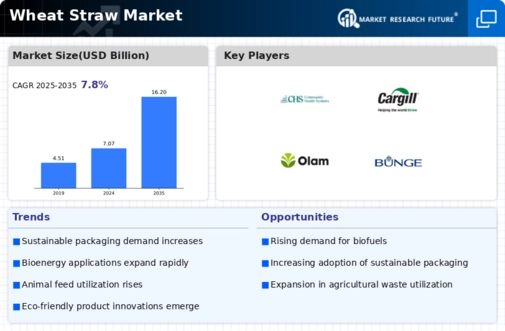
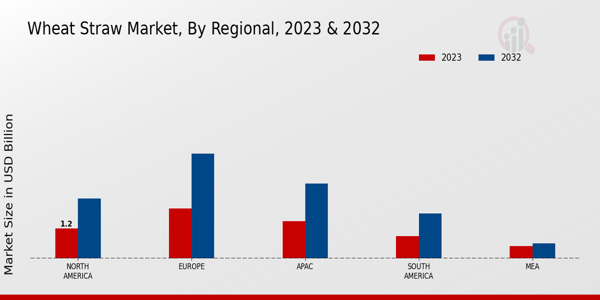

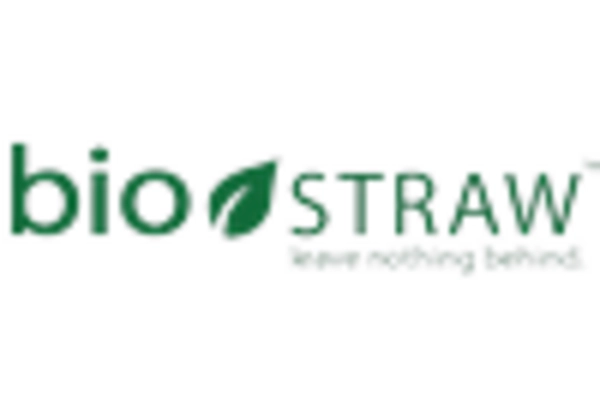
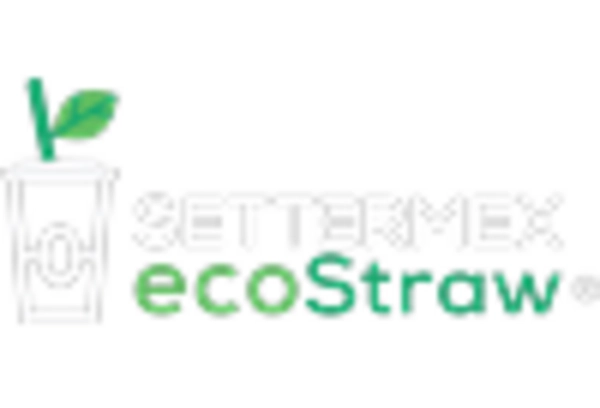



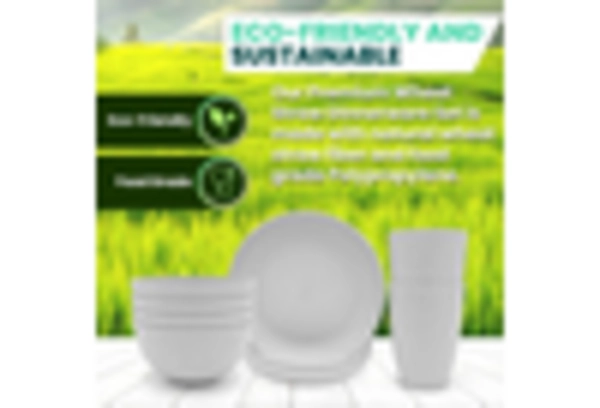








Leave a Comment